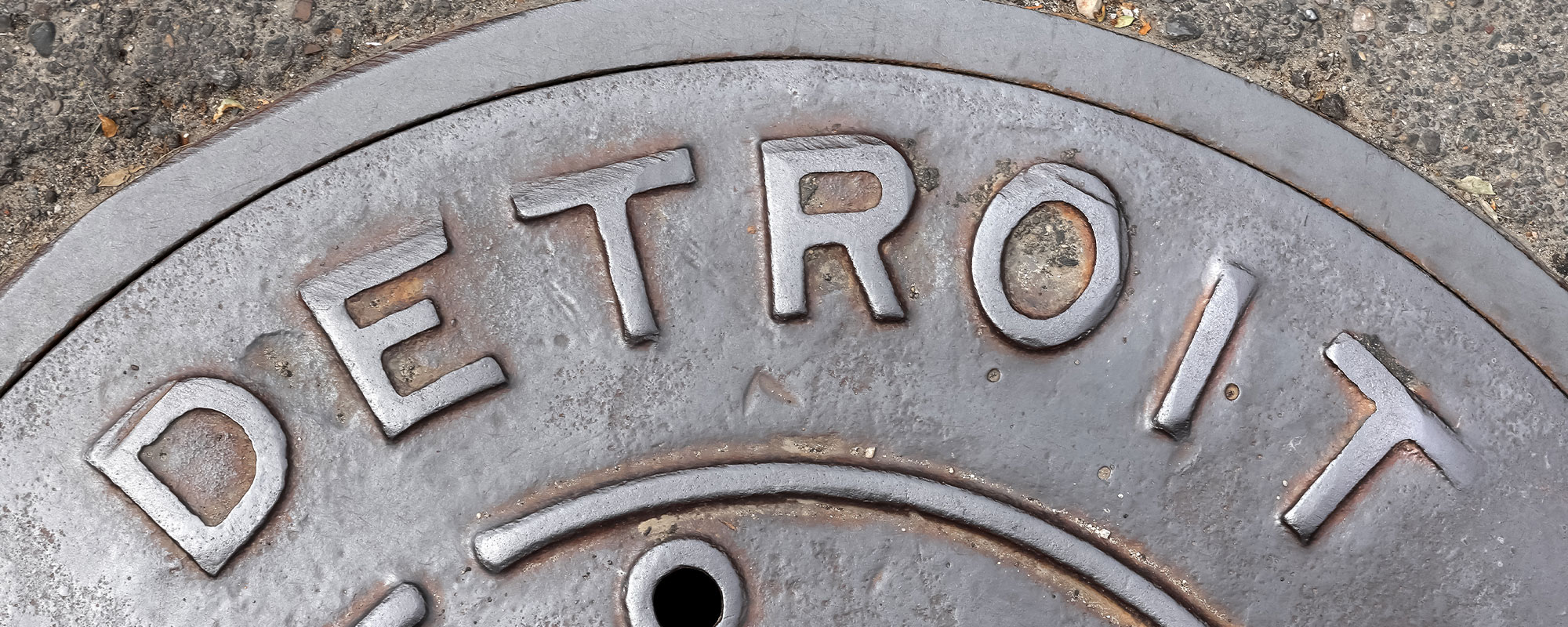How to Calculate Dividend Yields on Stocks

Total stock market returns are a function of both capital gains and dividends. Investors selling stock to take profits above the purchase price earn capital gains. Whereas dividends are investment income collected while holding stock.
Dividend yield is one of the most watched statistics in high finance. A conservative investor may expect dividends to account for roughly half of his total returns over the long term. Still, Onyx Investments is mindful that dividend yield fanaticism will deliver unwitting investors into a value trap. Corporate earnings drive returns.
Return of Capital to Shareholders
Dividends and stock buybacks are a return of capital back to shareholders, as opposed to retained earnings, which are reinvested back into the business.
In 2015, Apple formally announced that it would return $200 billion to shareholders. For Apple, this ongoing program ultimately expanded into the company spending more than $600 billion to buy back more than half of its outstanding common stock.
Dividends and stock buybacks are typically paid out of corporate profits and free cash flow. In recent years, the likes of both Apple and Exxon Mobil have tapped into cheap money credit markets to finance dividends and buybacks. At times, Apple maintained a higher credit rating than the United States Government.
In 2020, Exxon borrowed $23.2 billion to preserve its 42-year streak of annual dividend increases. That same year, Exxon took a staggering $23.3 billion loss through the Pandemic and total collapse of the oil market.
Calculate Dividend Yield
Dividend yield is calculated as a percentage and shows the amount of annual dividend income to be expected per our initial investment. Dividends are typically announced and paid out quarterly. We must buy and hold shares of stock prior to and through the ex-dividend date to collect dividends on the payable date.
Exxon stock now trades for $102.32 per share and pays out a $0.95 quarterly ($3.80 annual) dividend. At these levels, the Exxon Mobil dividend calculates out to 3.71% ($3.80 / $102.32 = 0.0371 = 3.71%). Now, we would expect to collect $3,710 in Exxon dividends in one year, from an initial $100,000 investment.
Interpreting Dividend Yield: Risks Versus Reward
We observe negative correlation between guaranteed income and real returns. FDIC-backed certificates of deposit and money market deposit accounts offer zero real returns, after subtracting away inflation.
For the Onyx portfolio, Apple, Google, Visa, and Berkshire Hathaway have emerged as our best investments, by far. Google and Berkshire pay no dividends, while Apple and Visa typically offer meager payouts of less than one percent.
Like in sports, it is the rare athlete who combines both imposing physicality and particularly nimble feet to rack up stats (Ex: Eddie George, Adrian Peterson, and LeBron James). For Onyx Investments, we have found Lockheed Martin and food stocks McDonald’s, Hershey, Coca-Cola, and Starbucks to represent the best combinations of growth and income.
Mature businesses that operate within established banking, oil, and utility industries typically carry high dividend yields.
Here, investors demand a return of capital, because idle cash sitting on the balance sheet has little chance to be invested for real growth. Conservative stocks and regular dividend payments do mitigate financial risks amid recession.
Smaller firms that operate within emerging business sectors will pay minimal dividends, if any. AI software, biotechnology, and alternative energy companies are more so focused on growth and reinvest most earnings back into research and development and capital spending. Aggressive growth stocks perform well during a strong economy.
Extreme outperformance of risky assets, though, may signal the top of a stock market bubble, right before a devastating crash. In recent years, the irrationally exuberant hype powering the green energy movement has collapsed onto itself.
Stock Market Dividends Versus Bond Interest
Dividend yield is not an exact one-to-one comparison to interest rate. Creditor asset claims are senior to those of equity owners, which means that bondholders are to be paid out first in the event of bankruptcy.
Corporations are contractually obligated to honor bond interest and principal payments, whereas dividends are paid at discretion. Capital return programs are promises, and not legal obligations.
For the corporation, interest is a tax-deductible expense. Dividends are paid out of profits and actually taxed twice, at the corporate level and as investment income.
The Dividend Yield Value Trap
Dividend yield will also increase dramatically amid sharp price declines. A weak business will slash, or even eliminate its dividend altogether to preserve cash.
In 2006, General Motors’ dividend yield spiked towards 10% immediately before the Big Three automaker declared bankruptcy and demanded taxpayer bailouts.

